From my view in a capitalistic nation
money = love
According to National Endowment For the Arts if you ask Americans: Do you like art a high percentage almost 90% will say yes they like art but if you ask Americans if they personally support art the answer is less than 27%. That is a big differential. It caused me to wonder if Americans are losing out everyday art skills because undervaluing art leaves us with chronic missed opportunities? Chronic missed opportunities. I am afraid the answer is yes. Let me break this down a bit because that little 3-letter word “ART” has 11 measurable industries, according to the NEA.
SHOW IMAGE (11 INDUSTRIES)
Actors
Announcers
Architects
Fine Artists, Art Directors and Animators
Dancers and Choreographers
Designers
Musicians and Singers
Entertainers and Performers
Photographers
Producers and Directors
Writer and Author
6 out of 10 Americans are working in one of those creative fields. Art industries equals 4% of USA’s GDP annually. So, what happens when 60% of us take art for granted? Especially in the age of robotics and globalization, Americans could learn from artists because in the 21st century there are fewer steady jobs, nobody owes you a job, you have to make your own job and this is what artists do every single day. I am not advocating that people personally become artists
SHOW IMAGE
because being a good artist is a very specific calling, as you can see with this example, art is hard to do well. Rather I am suggesting we think like an artist for our own greater personal economic development because an artist is 4 times more likely to be gainfully self-employed and for every 100 new jobs created 62 require creativity skills. It starts with developing creativity.
As Executive Director of Micro Museum, for 35 years I witnessed 1000s of artists manage a living for them selves with an astonishing ability to remain physically, financially, socially and spiritually afloat while they did it. One of my own artist driven missions was to transform my downtown Brooklyn neighborhood from a place where arson fires killed families while they were sleeping in their beds, to execution style murders on street corners, to major vice of every kind including an active brothel two blocks away from my door. My plan was a build a larger community by offering user-friendly art experiences for cultural visitors and educational programs for local residents. I used my interdisciplinary art acumen plus my expertise in performance art to do it. Now my neighborhood is one of the trendiest in NYC. I did not start off feeling very accomplished because initially I was a reading disabled student who had the good fortune to attend a Catholic School where the instructors were both PhDs in their selected fields but they were also master teachers. They trained me in lots of practical skills and I nuns being nuns I eventually learned to read after attending summer school every year of my student life. I began teaching art professionally at the age of 15. After that I was more or less hooked on understanding economic development through my own small business adventures. This path led the invention of my not for profit art organization Micro Museum® and my where I created regional cultural tourism initiatives, formulated educational innovations and expanding my own self-improvement.
The artists I know from Micro Museum have true nerves of steel because they are conditioned to know their value and are prepared to endeavor against the odds. Nobody handed them paid work, nobody forced them to get better at their craft, and nobody made them innovate. They did all of those things because they were simply compelled to try. However, I was troubled by the NEA study so I decided to examine what makes artists tick. Micro Museum created a panel discussion series called ARTIST BY DEFINITION. We invited 4-artists leaders to define how they saw themselves and host a discussion about that topic with peers. What we learned were artists are pioneers, activists, healers and polymaths. Each discussion group was video recorded, edited and became my creative training project called MAKE IT YOUR OWN.



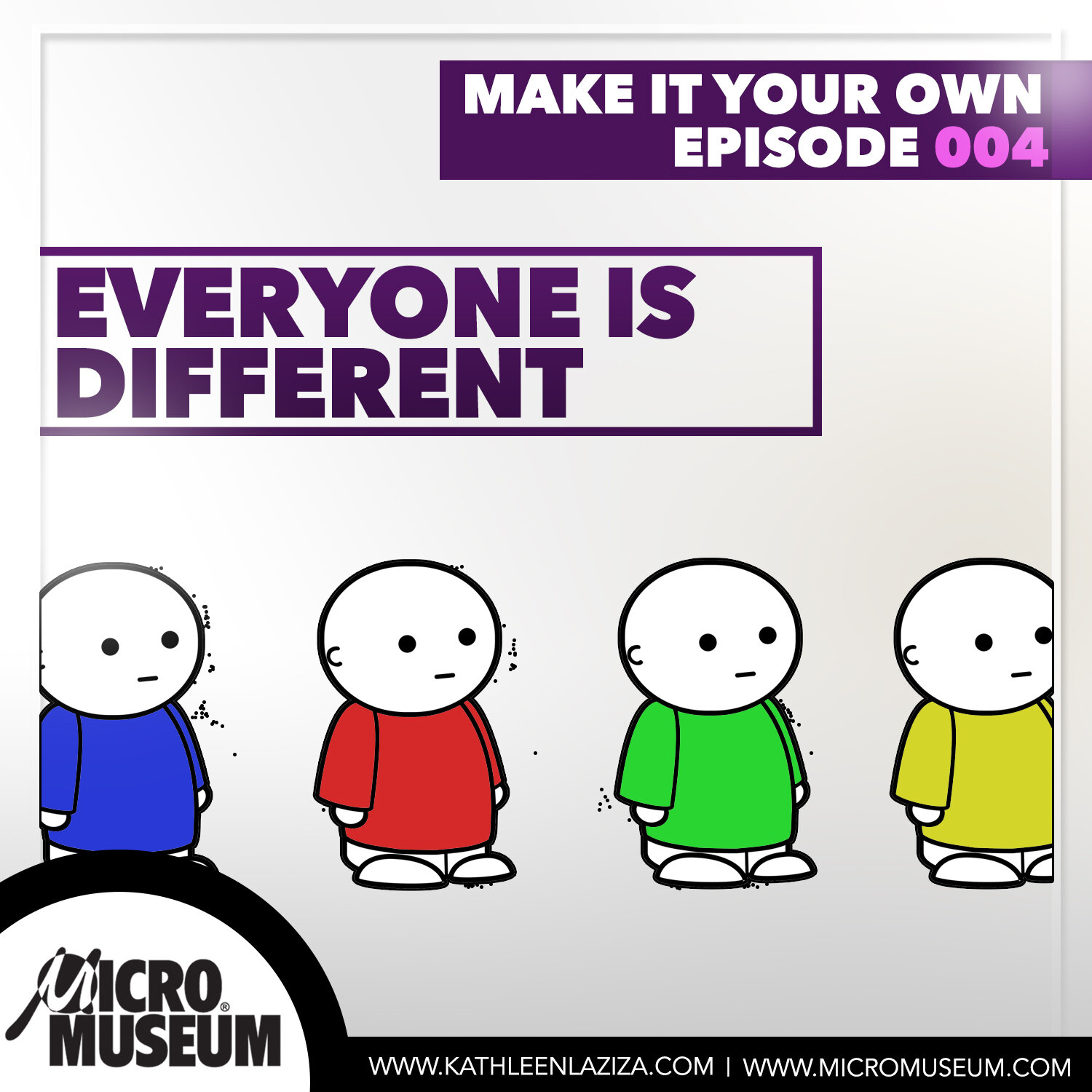
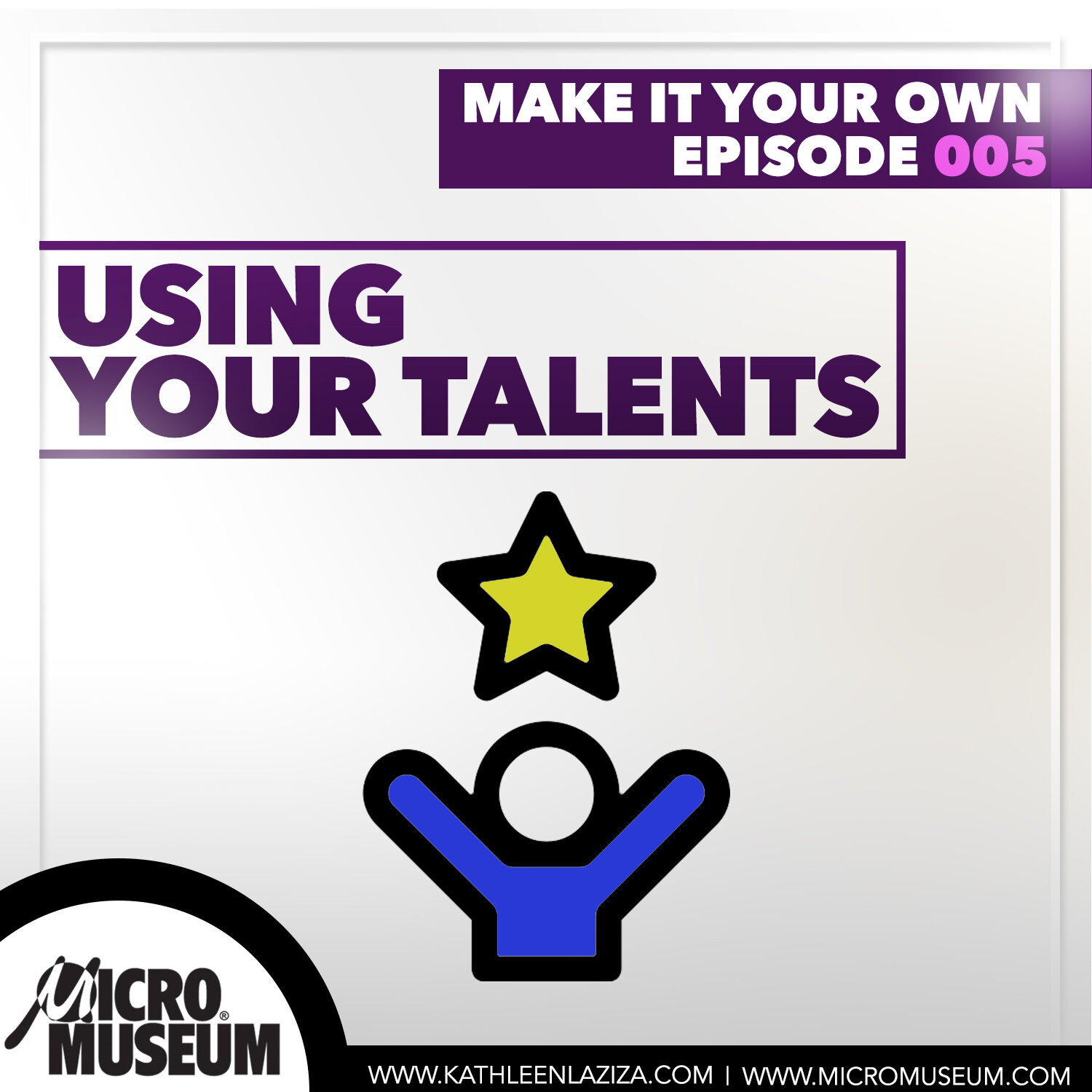
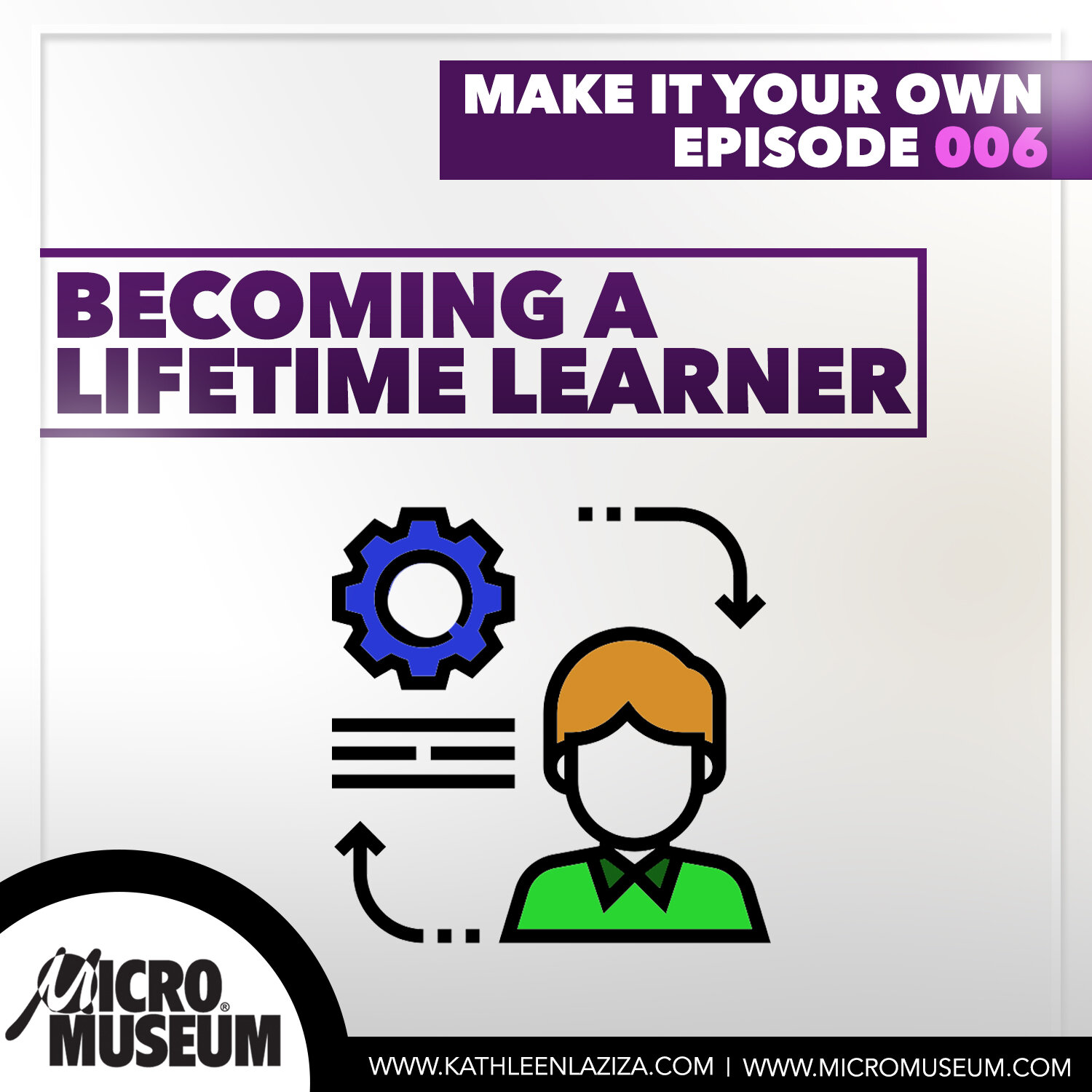
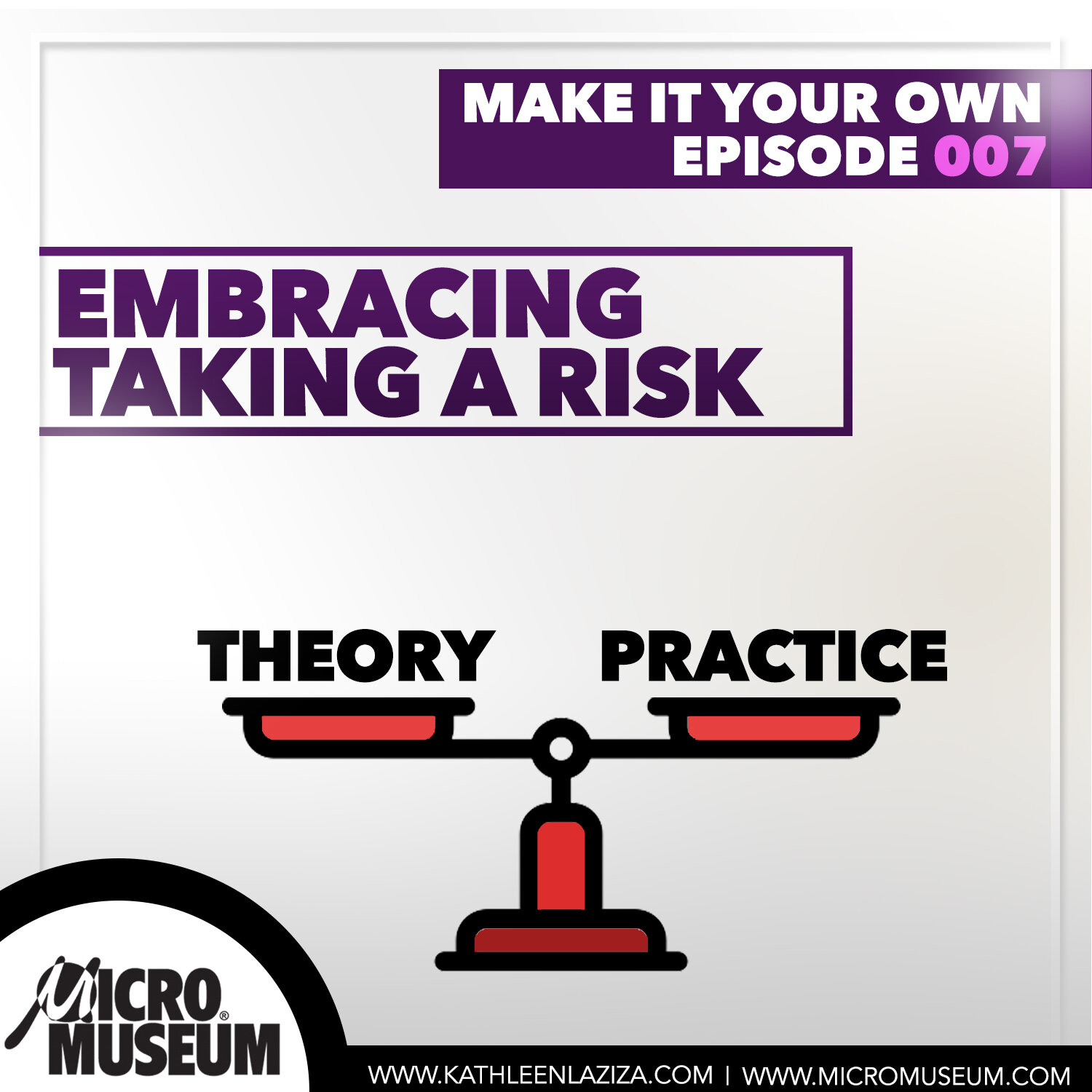
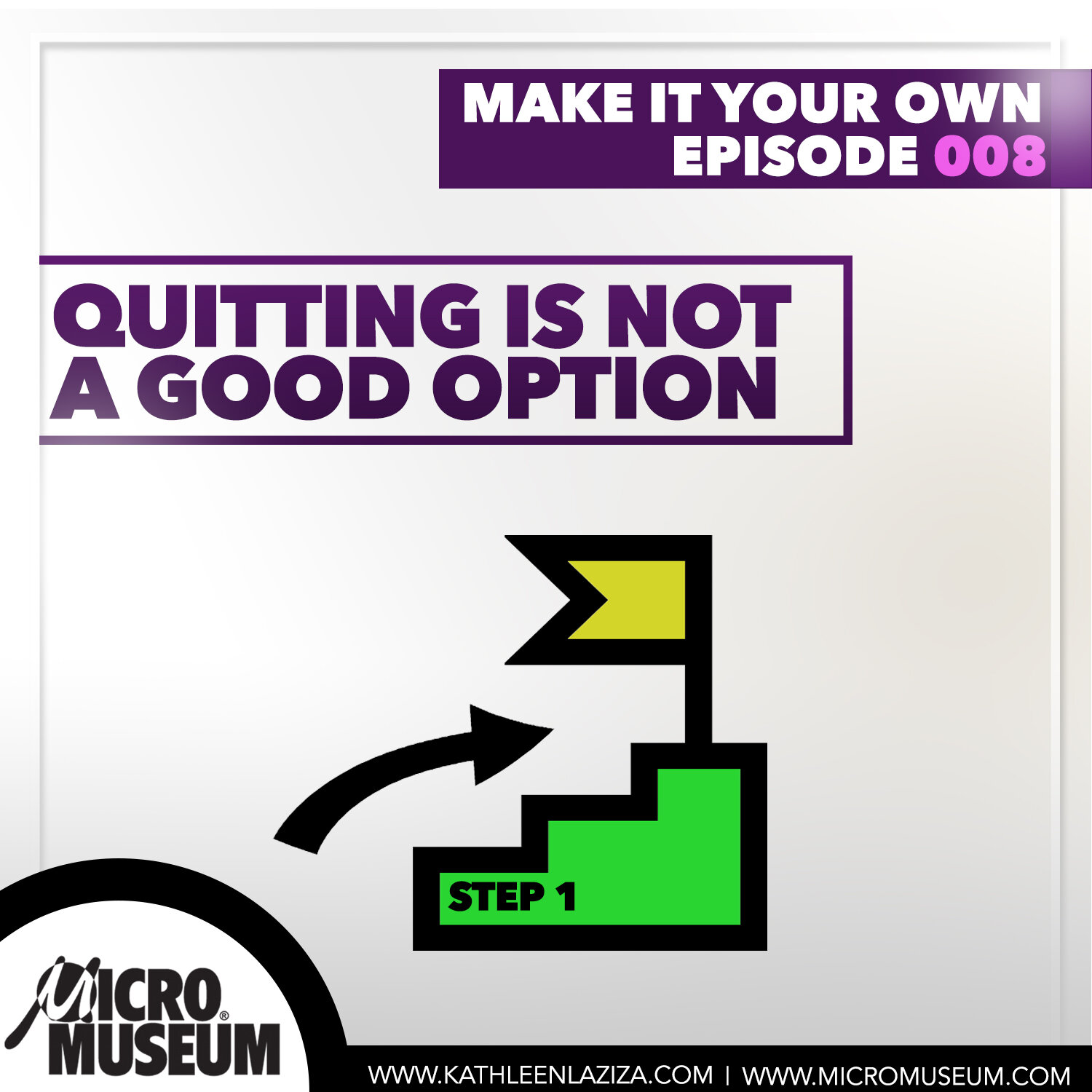
These episodes feature 22 artists exchanging idea or offering creative solutions to typical problems with 3 finishing steps at the end of each episode designed to guide people towards their own inventive refinement.
Here are my top ten reasons why personally supporting art improves everyone’s lives in every way. And again, you don’t have to be an artists to think like an artist.
Artists actively replace disaster with ingenuity.
Artists re-frame problems to find solutions that they can live with.
Artists instinctively utilize their strengths by improving their weaknesses.
Artists are naturally curious and therefore always learning something new.
Artists visualize consequences before they happen.
Artists shrug off disappoint and re-invent their ideas Artist quickly.
Artists innovate out of necessity, either they see a void where their ideas would work or they need to dig them selves out of an emotional hole.
Artists challenge themselves to not be afraid of trying something new.
Artists are experienced with living through discomfort.
Artists understand that doing a job well is it’s own rewards.
There is every reason for your success with arts. The word ART is both a noun and a verb.
I want to conclude my talk with the words of my former dance teacher Eric Hawkins who was at one time married to Martha Graham. In a master class he posed the question why do we make art? When we students answered with sincere care. He rejected every answer. No, we do not make art for a better world, for world peace, for greater communication, for money, for friendship. No, no and no. He finally answered his own question this way. Why do we make art? His answer was for fun. “We make art because it is fun.”
He is correct, I am pretty sure that you will agree with me, everyone needs to have some fun in their lives. This is how creativity is born.


